Keeping your furry friend clean is part of being a responsible pet parent, but figuring out how often you should wash your dog can be tricky. Too little bathing might leave your pup looking like a stinky pup, while over washing could harm your dog’s skin and coat health.
This guide will break down the factors to consider when determining the right bathing schedule for your dog, discuss the impact of over bathing and how to fix it, and provide expert dog bathing tips to ensure your pup has a healthy coat and happy, itch-free skin.

Understanding Your Dog’s Bathing Needs
Factors That Influence Bathing Frequency
How often you should wash your dog largely depends on their lifestyle, activity level, coat type, and skin health. Each pup is unique, and their bathing schedule should reflect their specific needs.
-
Dog's Lifestyle
A dog’s lifestyle is a key factor. Very active dogs that enjoy rolling in muddy puddles or exploring the outdoors will need more frequent bathing than those who lounge indoors. Similarly, dogs that regularly come into contact with allergens, dirt, or harmful bacteria may benefit from more baths.
-
Coat Type and Length
-
Shorthaired Breeds: Dogs with short hair, like Boxers or Dachshunds, require fewer baths and regular brushing to remove dead hair and maintain skin health.
-
Long Haired Breeds: Long-haired breeds such as Golden Retrievers or Afghan Hounds often need regular grooming, spot cleaning, and more frequent baths to avoid mats and maintain soft coats.
-
Double-Coated Breeds: Huskies or German Shepherds shed regularly and usually smell less, meaning they typically require fewer baths. Regular grooming and brushing are sufficient to maintain their coat health.
-
Hairless Dog Breeds: Hairless breeds like the Chinese Crested need more baths to keep their skin clean and free of oily build-up.
-
-
Skin Health and Conditions
Dogs with sensitive skin, itchy skin, or ongoing skin conditions may need a special dog shampoo, like a medicated shampoo, or a hypoallergenic shampoo to avoid skin irritation. Dogs with skin health issues should also consult a vet about a customised bathing schedule.
General Bathing Guidelines for Most Dogs
For most dogs, a good rule of thumb is to bathe your dog every 4-6 weeks. This timing strikes the perfect balance between maintaining your dog’s skin and coat health and protecting their natural oils, which keep their coat shiny and their skin moisturised.
For active dogs or pups with oily coats, more baths might be needed, especially after messy adventures or playtime.

What Happens When You Over Wash Your Dog?
Frequent bathing or over bathing your dog can do more harm than good. While aiming to keep your dog clean, you might unintentionally strip away their coat's natural oils. This can lead to dry skin, irritated skin, and even skin problems like rashes or flakiness.
If your dog’s coat starts looking dull or their skin shows signs of irritation after bath time, you may be bathing them too often. Symptoms of over bathing could include excessive scratching, shedding, or flaky dead skin cells.
How to Fix Over Washing
If you suspect you’re bathing your dog too often, here’s what you can do to fix it and restore your dog's skin and coat health.
-
Use Gentle Products: Switch to a mild dog shampoo designed for sensitive skin. Avoid using human shampoo, which can disrupt your pet’s skin pH. Opt for high-quality, pH-balanced dog shampoos or hypoallergenic shampoo to prevent further damage.
-
Reduce Bathing Frequency: Scale back to fewer baths to allow the coat’s natural oils to rebuild.
-
Focus on Brushing: Introduce regular brushing into your routine to remove dirt, dead skin cells, and loose hair. Brushing also distributes natural oils across your dog's coat, improving its shine and overall health.
-
Consult a Vet: If your dog’s skin irritation or dry skin persists despite these changes, consult your vet for advice or a treatment plan.

Dog Bathing Tips for Pet Parents
To make bath time a pleasant experience for both you and your dog, follow these expert dog bathing tips.
-
Choose the Right Location
Use a stable surface like a walk-in shower or the bathtub. For outdoor bathing, use a gentle hose. Always ensure you have a non-slip mat to keep your dog safe during the bath.
-
Use Lukewarm Water
Avoid hot water or cold water, as they can make your dog’s bath time uncomfortable.
-
Apply Shampoo Properly
Lather an appropriate amount of shampoo across your dog’s coat, avoiding their eyes and ears. Focus on dirt-prone areas and gently massage the shampoo in for better skin penetration.
-
Rinse Thoroughly
Make sure all traces of shampoo are rinsed out to prevent build-up that might irritate your dog’s skin.
-
Dry Your Dog Completely
Use a towel or pet dryer. Drying your dog’s coat thoroughly is especially important after a bath, especially in breeds with thick fur or thick coats, to avoid moisture build-up and potential skin issues.

Keep Your Dog Clean Without Overdoing Bath Time
Dogs thrive when their unique needs are respected, and their grooming routine is tailored to their lifestyle and coat type. Whether you’re dealing with a stinky pup, an energetic adventurer rolling in muddy puddles, or a low-key lounger, finding the right bathing frequency is key to ensuring their health and happiness.
By following these guidelines and tips, you can maintain your dog’s skin health, keep their coat soft and shiny, and strengthen your bond with every bath time.
Looking for more grooming and pet care advice? Check out our full library of pet parenting tips and tricks.

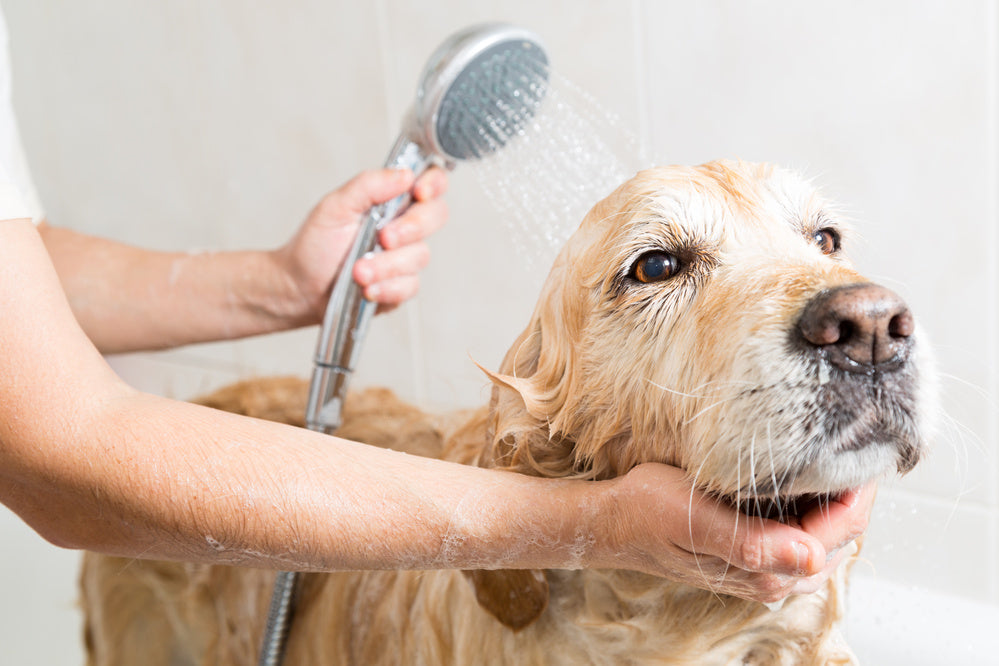
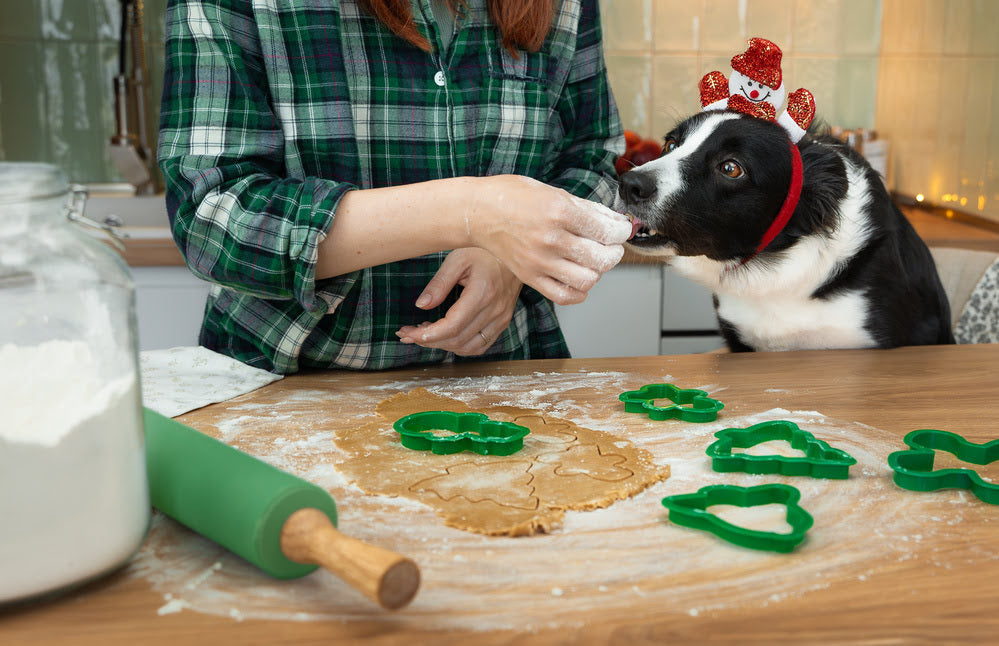
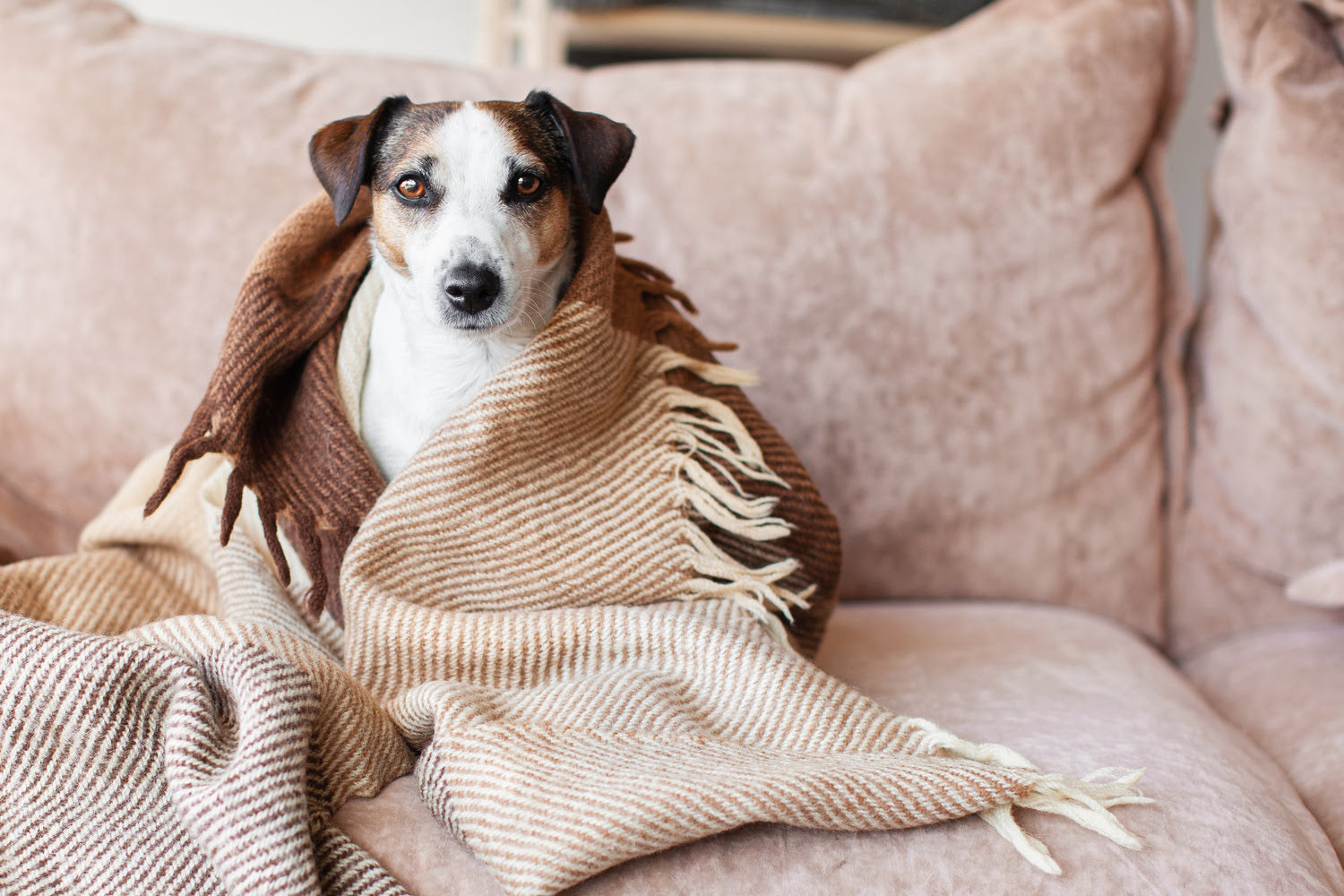
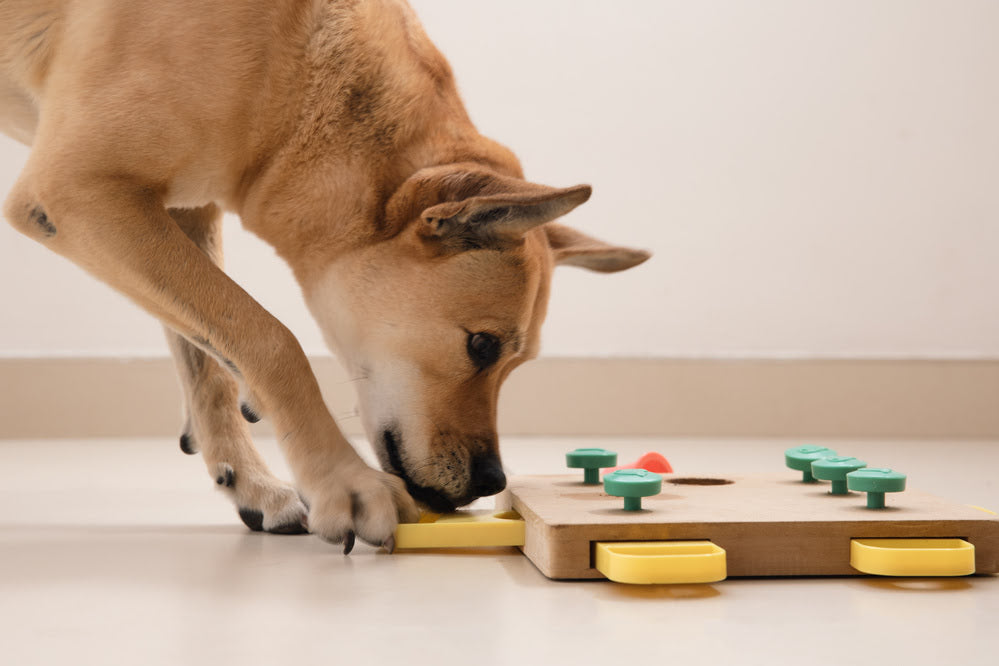
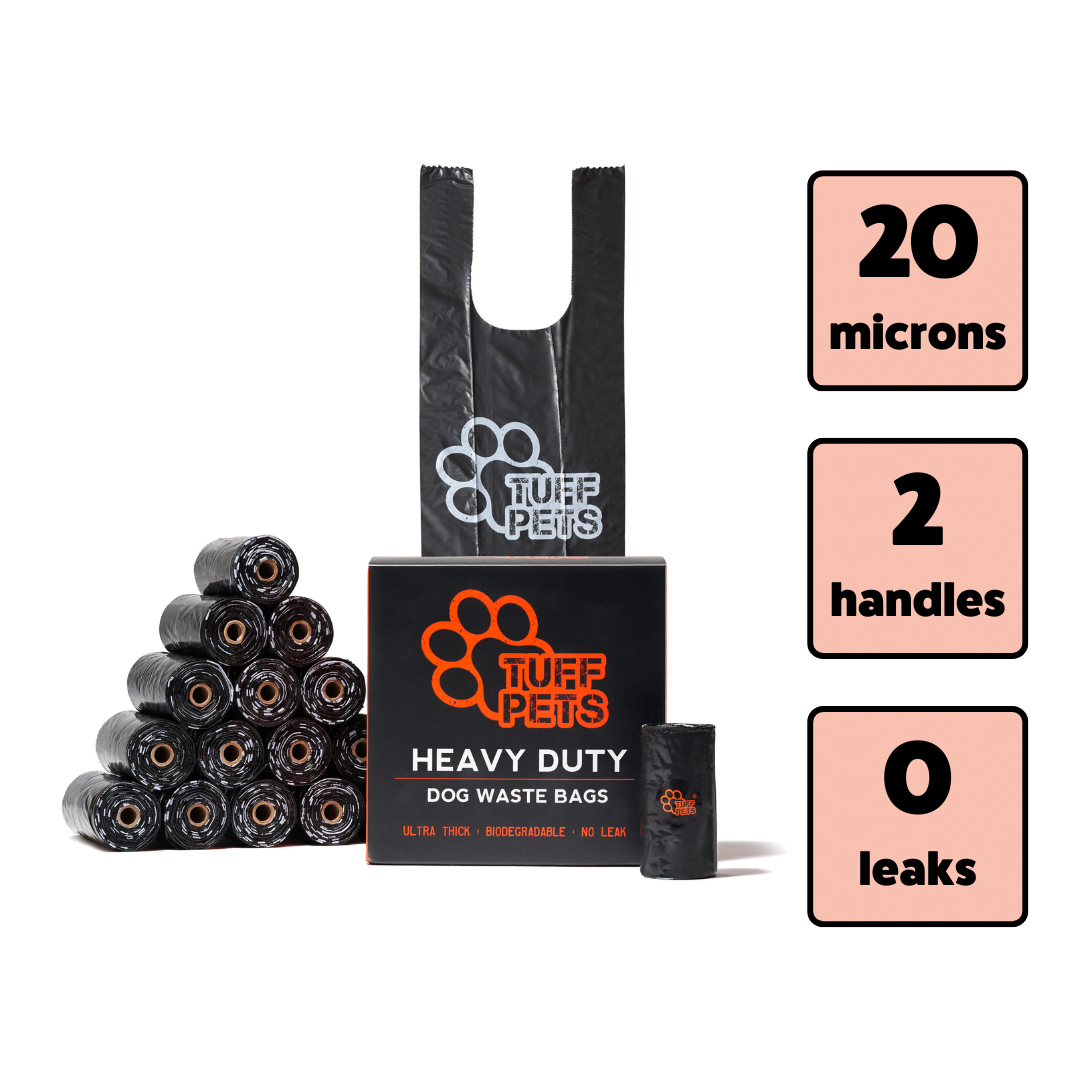


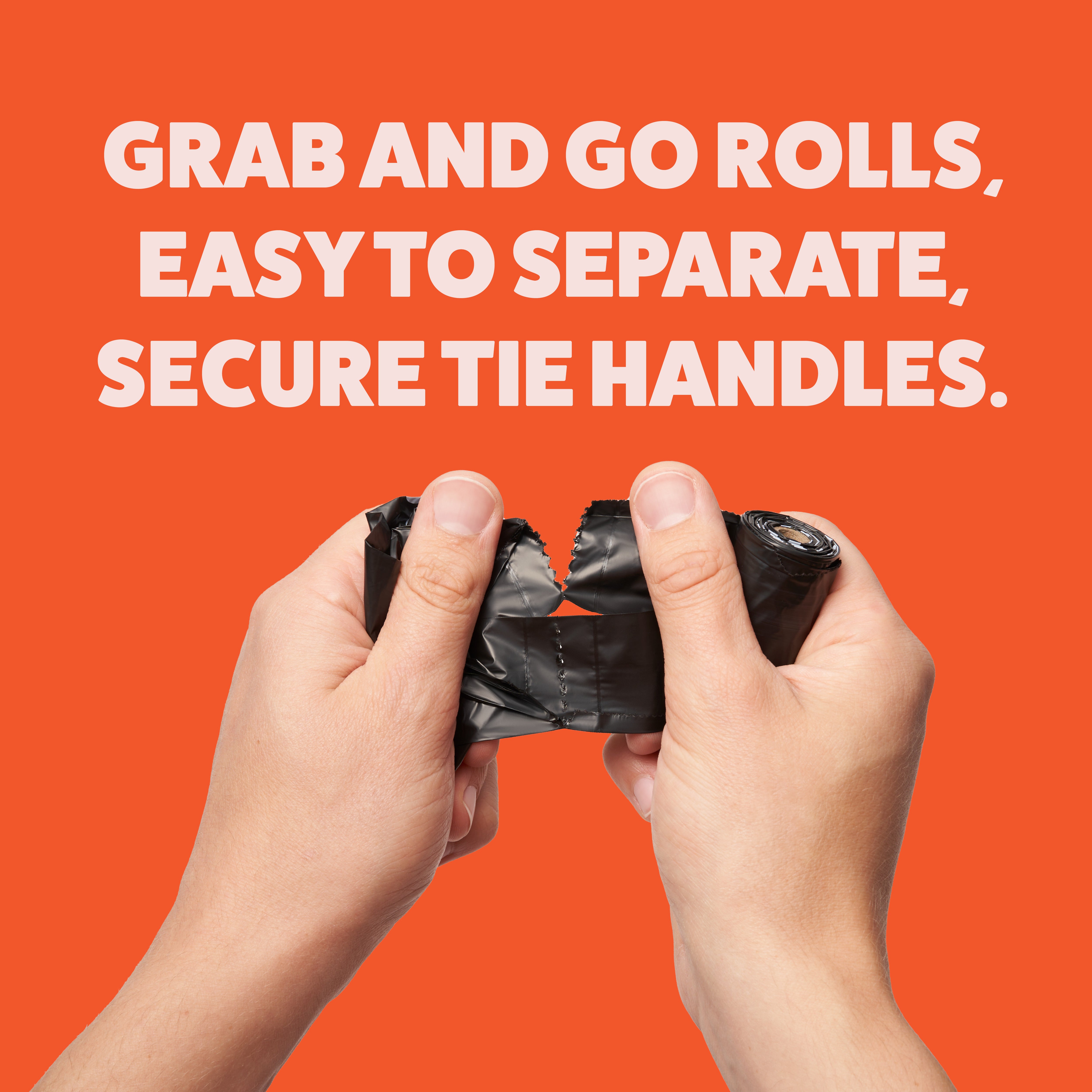




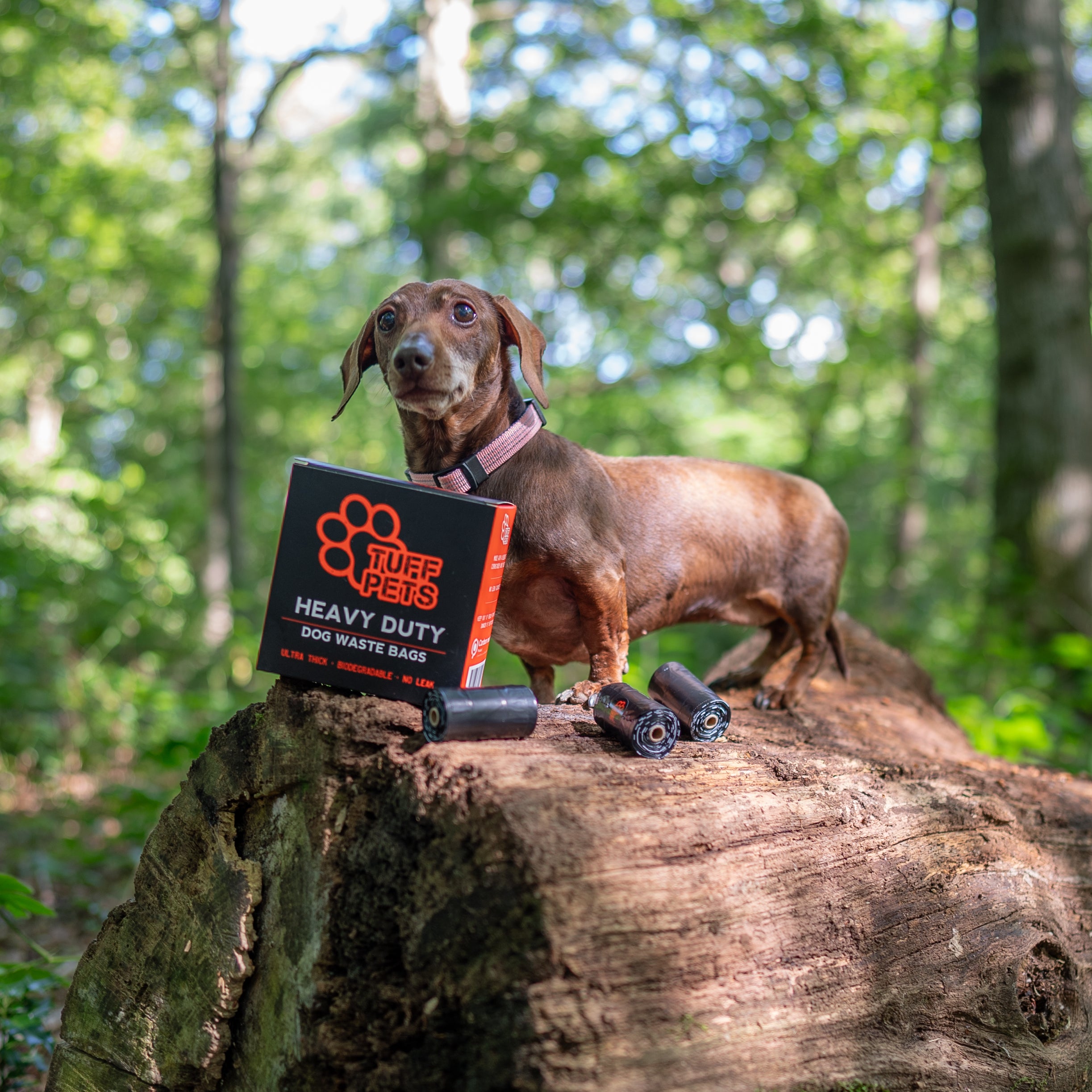

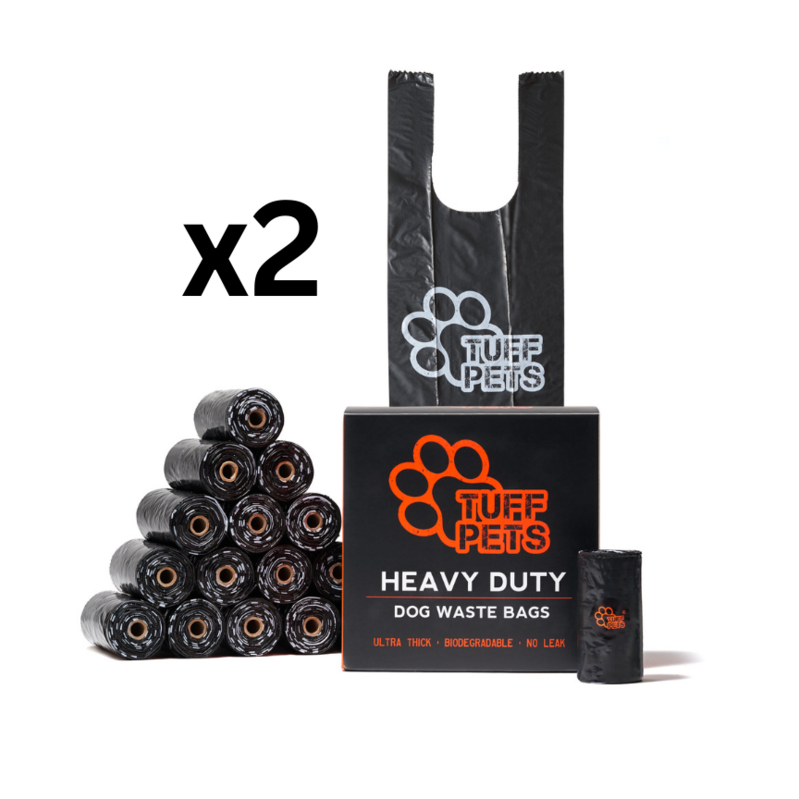
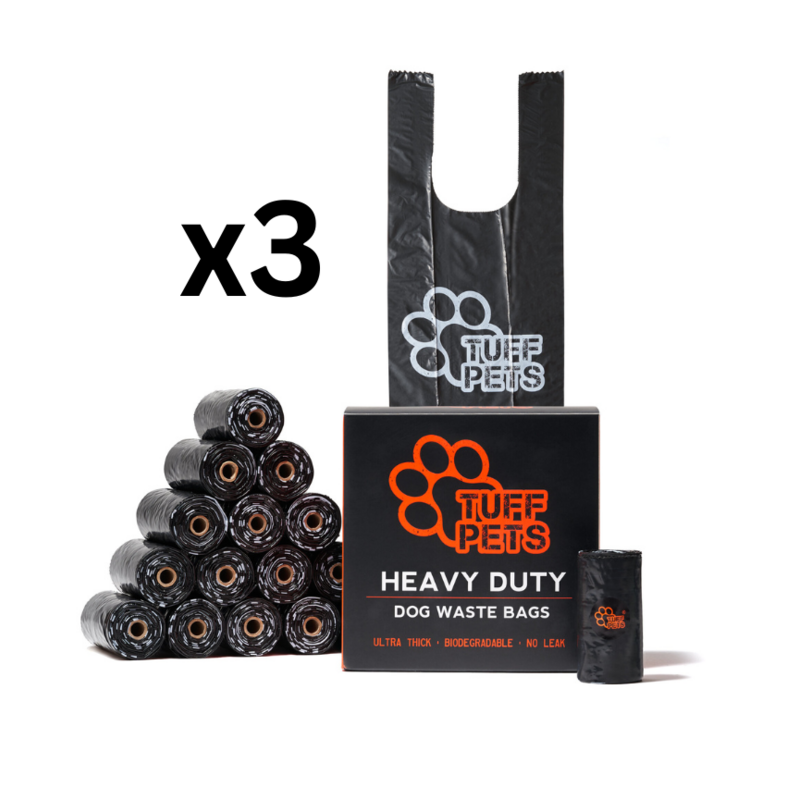

Share:
Understanding Submission in Dogs: Behaviours, Training, and Balance
How to Cool Down a Dog Safely in Hot Weather